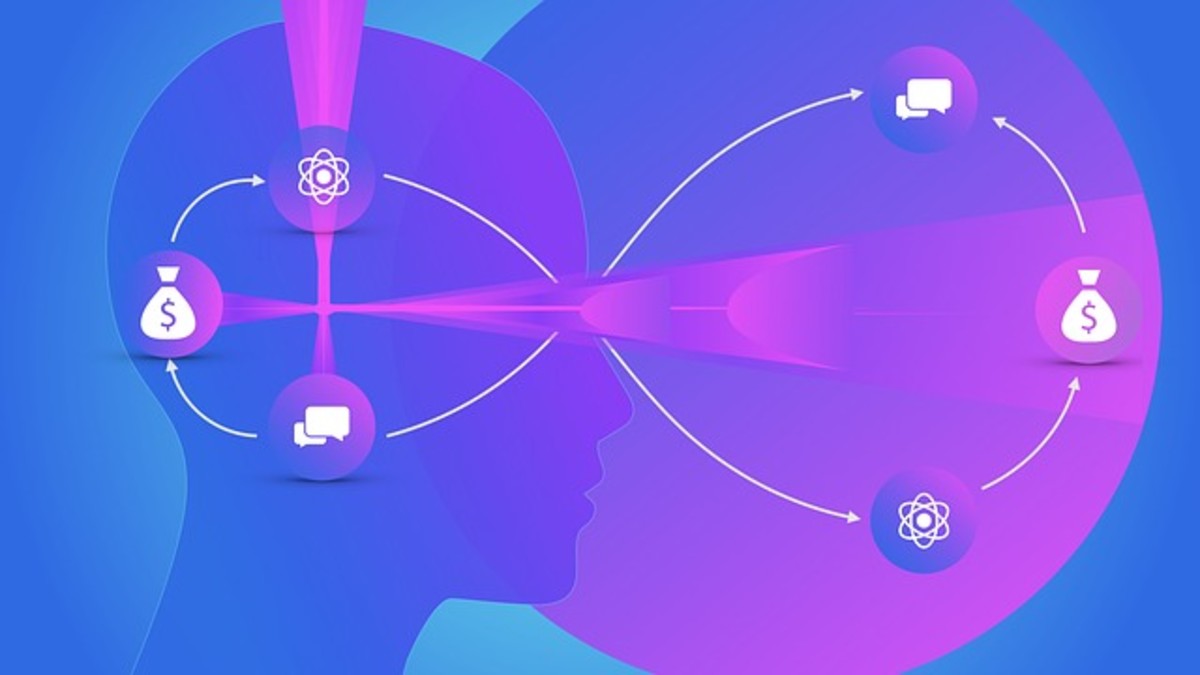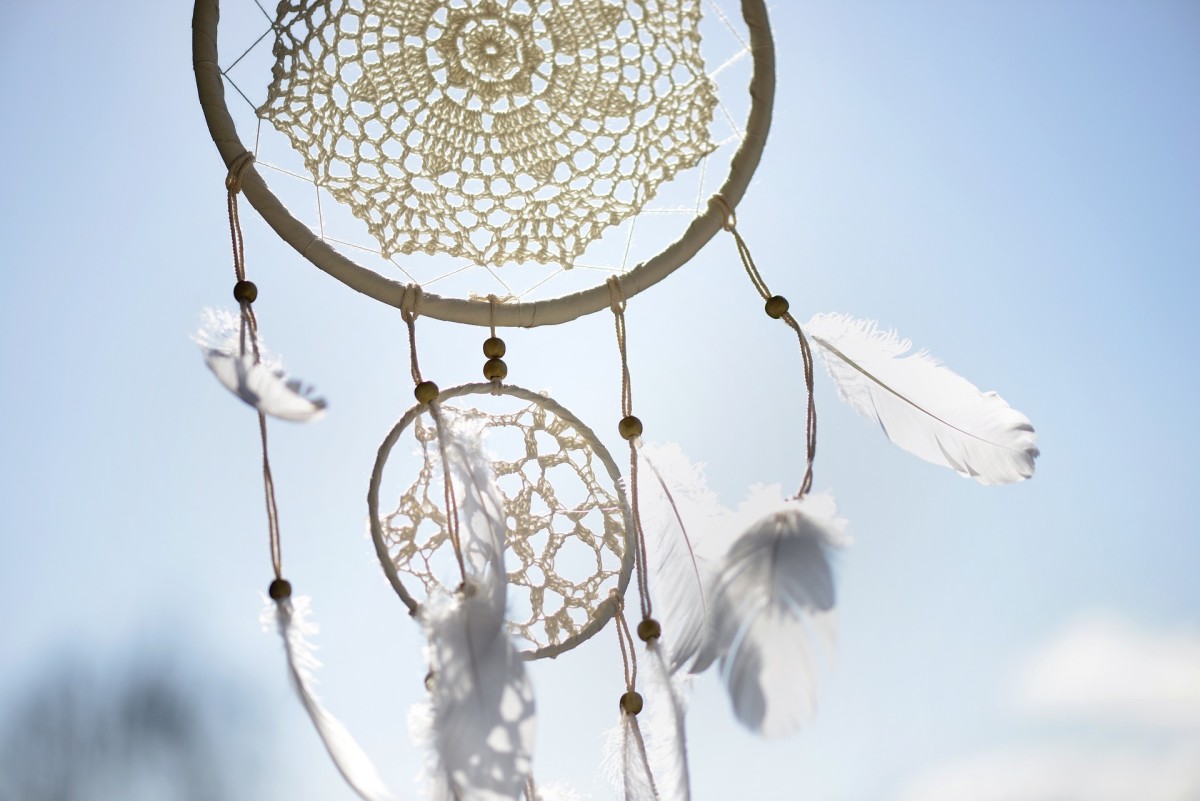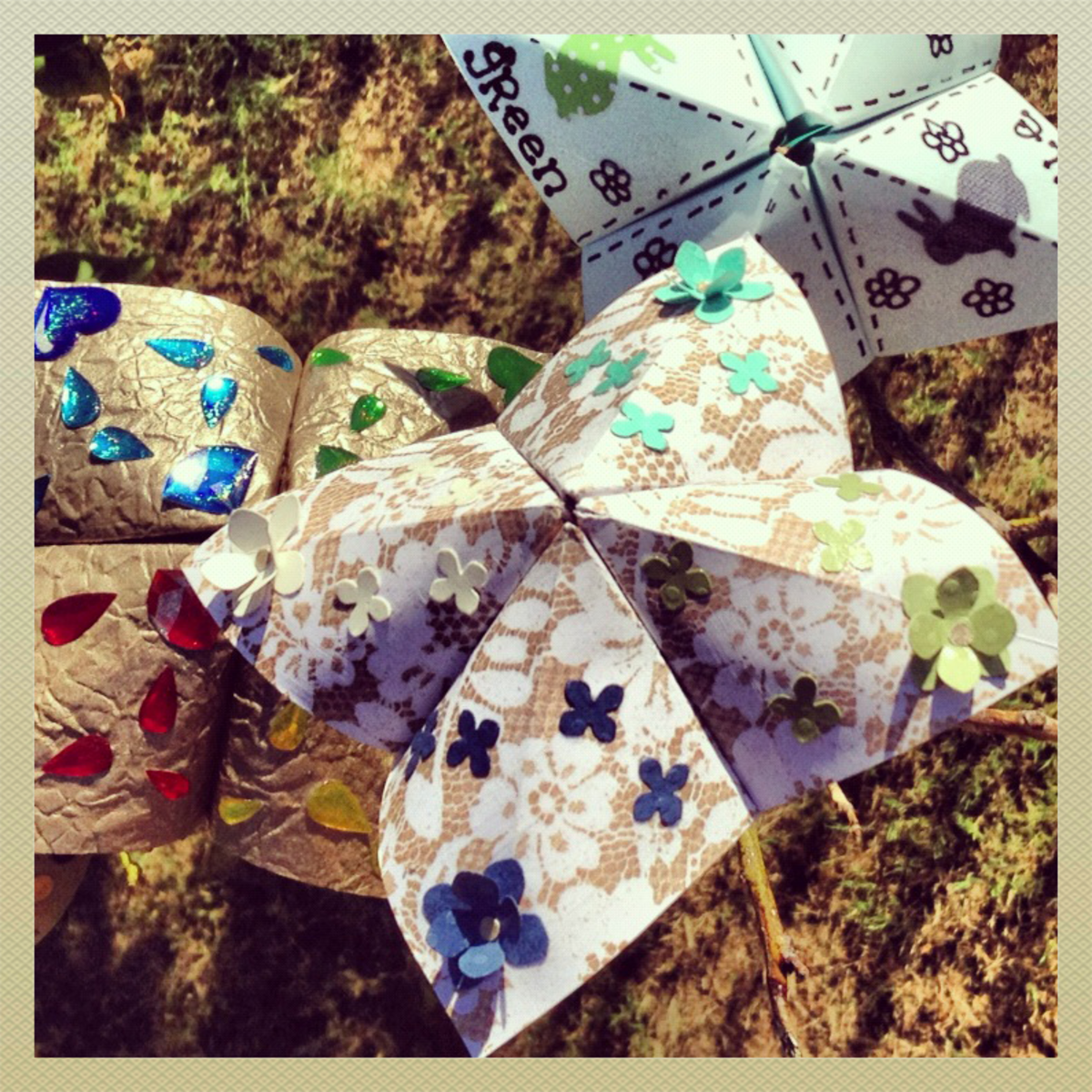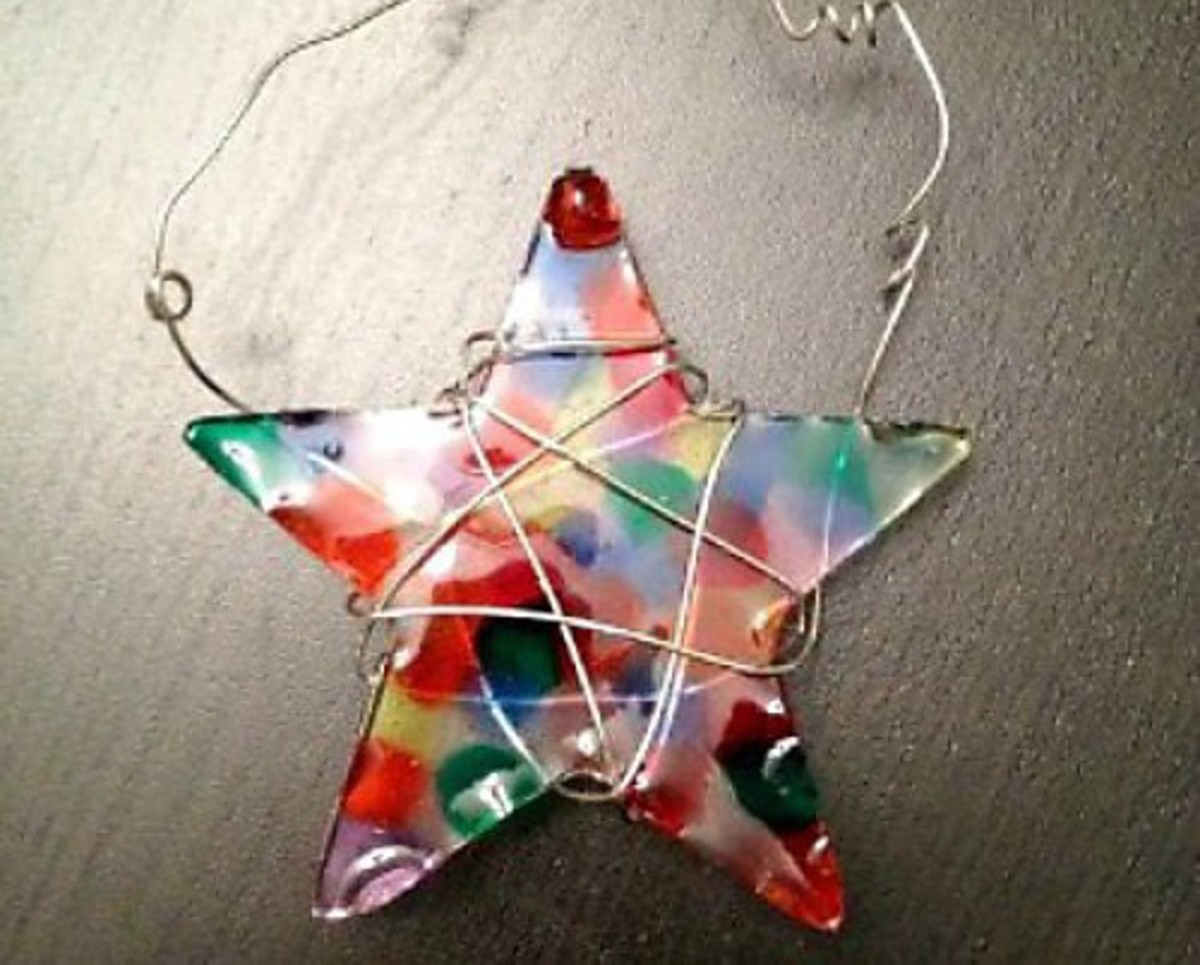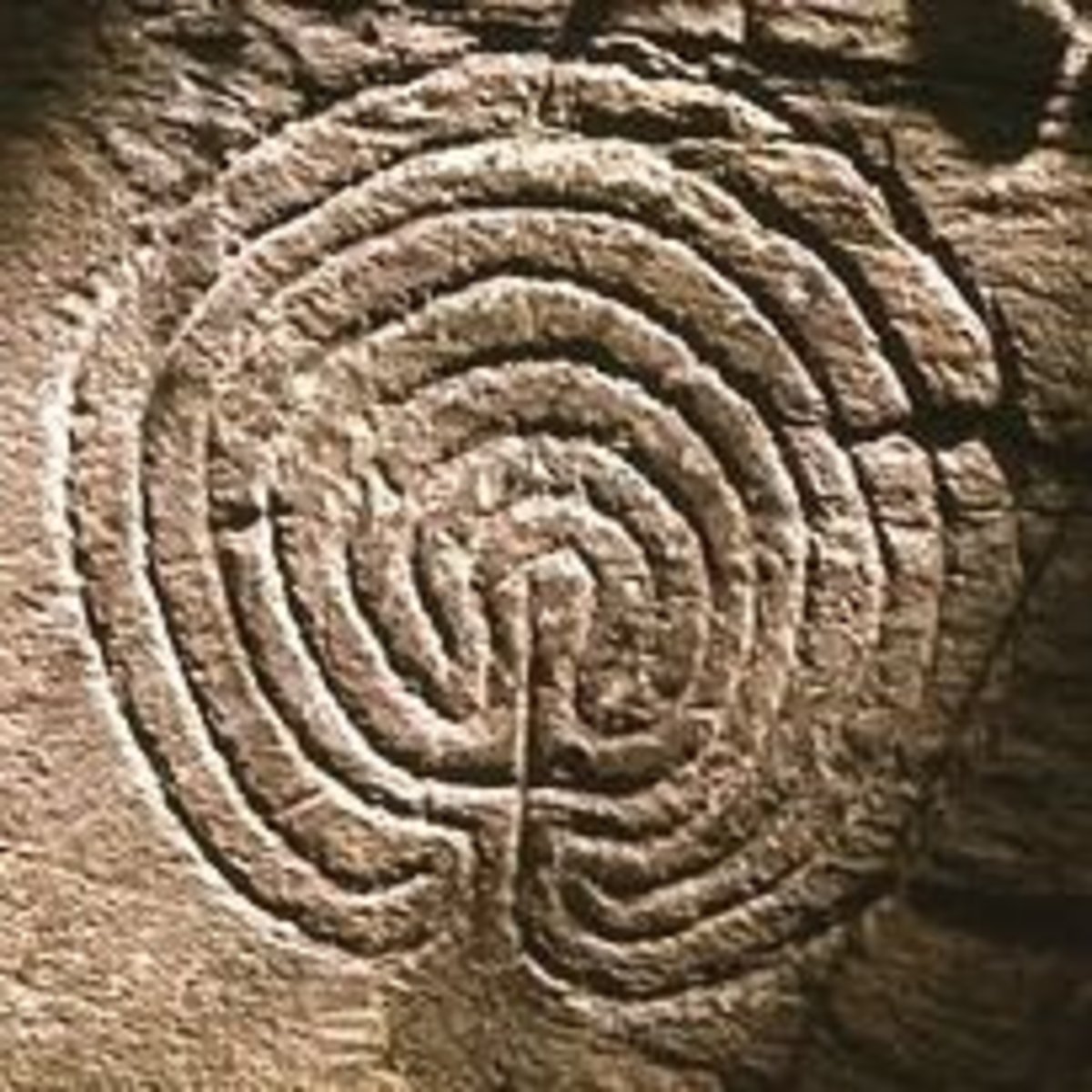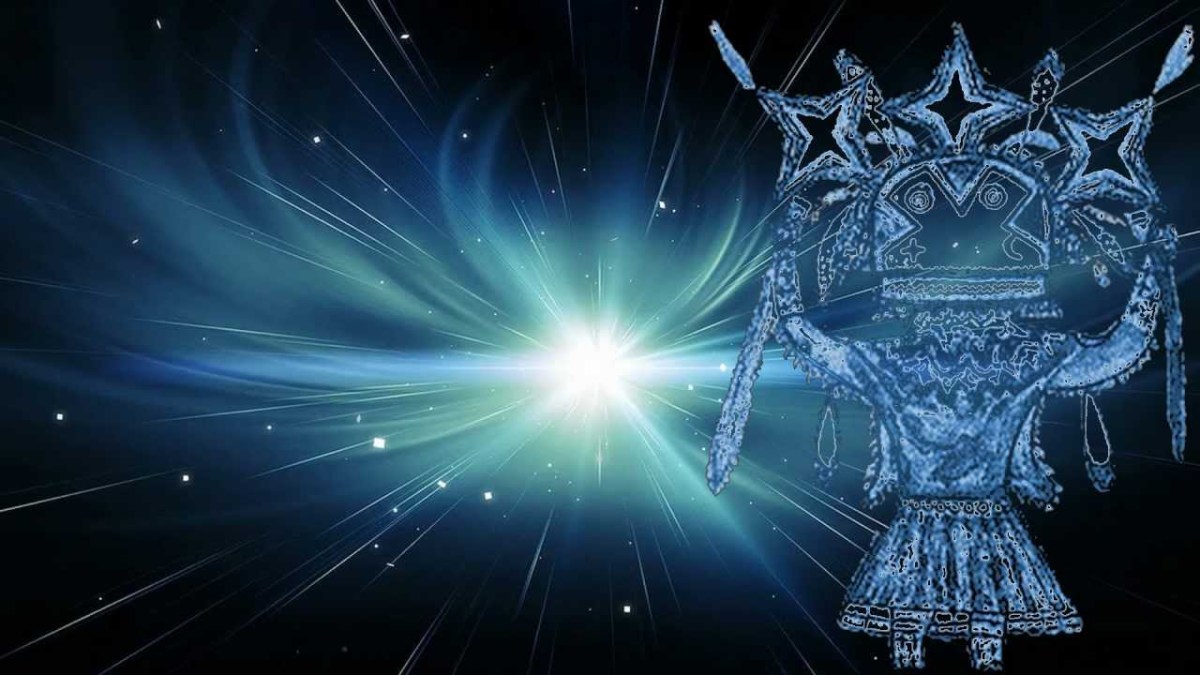- HubPages»
- Religion and Philosophy»
- Astrology & Metaphysics»
- Spirituality
The Dream Catcher: Meaning, History, and How To
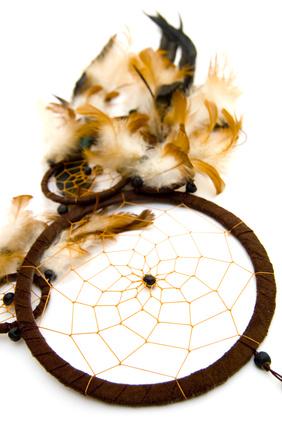
Since ancient times dream catchers have been woven by the Native American people. Originally, these crafts were woven from the twigs of the red willow using thread from the stalk of the stinging nettle. Viewed as a type of protective charm, dream catchers were often placed over the cradles of infants as a means of ensuring peaceful dreams.Today, dream catchers have been popularized into various types and designs, many of which bear little resemblance to the traditional style.
The Dream Catcher Legend and History
Though there are many variants of he dream catcher legend, there are certain factors that remains the same. Firstly, there is a general concept that the night is full of both good as well as bad dreams. When a dream catcher is hung above a place of sleep it is believed to move freely in the night air and catching those dreams that drift by. In some variations of the dream catcher legend, good dreams know their way and are able to pass through the various openings in the dream catcher's webbing. Bad dreams, however, are caught in the webbing and destroyed at first light. In other variations, good dreams slide down the feathers to the sleeping person below. In addition, there are those that believe that dream catchers are not just for catching bad dreams, but that they actually catch and hold everything evil just as a spider's web catches and holds everything that comes into contact with it.
the Ojibwe (also known as the Chippawa) are generally credited with the creation of the dream catcher. Through trade and intermarriage, the Lakota people soon learned about the dream catcher and developed a legend of their own. To complicate matters even more there are even varying legends within each nation.
Dream Catcher History: Ojibwe Legend 2
A grandmother patiently watched each day as a spider spun its web over her sleeping place. One day the woman's grandson noticed the spider and tried to kill it. The grandmother softly told the boy not to hurt the spider.
"But grandmother, you should not protect this spider." The child said.
When the grandson was gone, the spider thanked the woman for her protection and as a gift offered to spin a web to hang between the grandmother and the moon so that it would snare the bad thoughts and keep them away.
Dream Catcher History: Ojibwe Legend
The Ojibwe storytellers who were located on Turtle Island say that Asibikaashi (spider woman) helped Wanabozhoo bring giizis (sun) back to the people by building her special lodge before dawn. According to the legend, those who wake at dawn can see how she captures the sunrise as the light sparkles on the dew. The story goes on to say that Asibikaasi took care of the people of he land who she considered her children. When the Ojibwe Nation dispersed to the four corners of North America, Asibikaashi had a hard time making the journey to all the cradle boards of the babies. The mothers, sisters, and grandmothers then begin to weave these magical webs for the new babies using willow hoops and sinew.
The circular shape of the dream catcher represents the sun traveling across the sky. Many dream catchers have eight points where the webbing connects to the hoop. This is said to represent the eight legs of spider Woman. Some place a feather in the center which is said to represent breath or air. It serves the added purpose of being quite entertaining to the baby beneath it.
Dream Catcher History: Lakota Legend
As a Lakota leader was receiving a spiritual vision high on a mountain he met Iktomi, a trickster with great wisdom. Iktomi appeared to the leader in the form of a spider. He made a hoop of willow and spun a web inside. Iktomi told the Lakota leader that there were both bright and dark forces who would attempt to enter the dreams of his people and that the dream catcher that he was making would catch the bright forces and allow the dark ones to slip away and burn. Iktomi instructed the man to make dream catchers for his people in order to capture the good dreams that would otherwise blow away in the night winds.
How to Make a Dream Catcher
The Dream Catcher Meaning and How To
Nearly every part of the dream catcher in its original form had a meaning.
Hoop: Either circular or teardrop shaped, the hoop served as a frame for the web. Some also believe it represents the circle of life.
Web: Traditionally the web is pattered after a spiders web. It is thought to catch bad dreams (and, depending on the legend, sometimes good dreams).
Feathers: Many believe feathers are a soft ladder for good dreams to slide down and gently enter the head of the dreamer.
Beads: Beads are a more modern addition to the dream catcher. One bead is said to represent the spider that made the web. Many beads are often said to symbolize good dreams that are trapped during he night.
Gems: Gem stones are another modern addition. They are often used as a replacement for feathers as many feathers are now illegal in various parts of the world.
Arrowheads: Just as with beads and gem stones, arrowheads are a more modern addition to the dream catcher. They typically symbolize protection and strength. They are also said by some to point to the four corners of the earth and/or the direction from which the wind blows.

